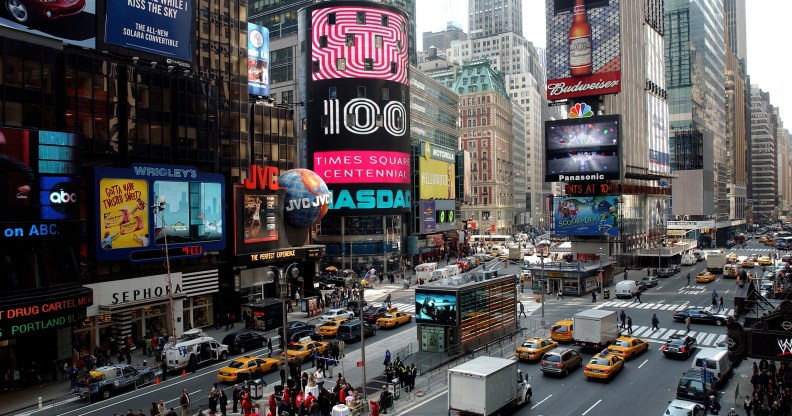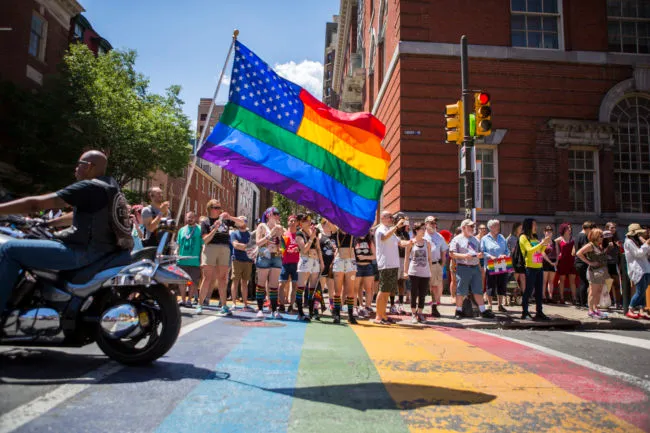Gay and lesbian spaces in cities becoming more diverse

Gay and lesbian spaces in cities are dispersing and diversifying (Stephen Chernin/Getty Images)
Gay and lesbian spaces in cities are dispersing and diversifying rather than disappearing, a study suggests.
The research, by the University of British Columbia, dispels the myth that urban hubs just have one “gay neighbourhood” or “gaybourhood.”
However, only 12 percent of LGBTQ Americans aged 18 and older currently live in these areas, according to a recent survey by the Pew Research Center.
The survey also shows that 72 percent of LGBT+ Americans have never lived in a gay neighbourhood.
“We need to broaden our view beyond the gaybourhood.”
— Amin Ghaziani on the dispersion of gay and lesbian spaces
The new research shows that LGBT+ people are increasingly living in “cultural archipelagos” beyond such areas.
“LGBTQ Americans are an incredibly diverse group of people. Why wouldn’t we expect that diversity to express itself in the places they live and call home as well?” said Amin Ghaziani, associate professor in UBC’s department of sociology.
The research used data from the 2010 US census to examine location patterns of lesbians, transgender people, same-sex couples with children, and LGBTQ people of colour.
In many cities, clusters of same-sex couples with children have sprung up in areas well outside of LGBT+ neighbourhoods.
In Chicago and the outer boroughs of New York, queer communities of colour have emerged.
Rural areas draw more same-sex female couples than male couples, and female couples tend to live where the median housing price per square foot is lower, which researchers suggest may be a reflection of the gender pay gap.

Philadelphia’s LGBT area, knows as the Gayborhood. (Jessica Kourkounis/Getty)
The top postcodes for lesbian couples include Provincetown—where Vice President Mike Pence’s youngest daughter recently got engaged, to a man—and Northampton in Massachusetts, and the Jamaica Plain neighbourhood of Boston.
Gay men, however, are more likely to live in the Castro, in San Francisco, or West Hollywood, in Los Angeles.
“We talk so much about the decline of the gaybourhood,” said Ghaziani.
“These areas are undoubtedly changing, but if we over-emphasise loss then we will not see the dynamic new developments that are taking place. We need to broaden our view beyond the gaybourhood.”

